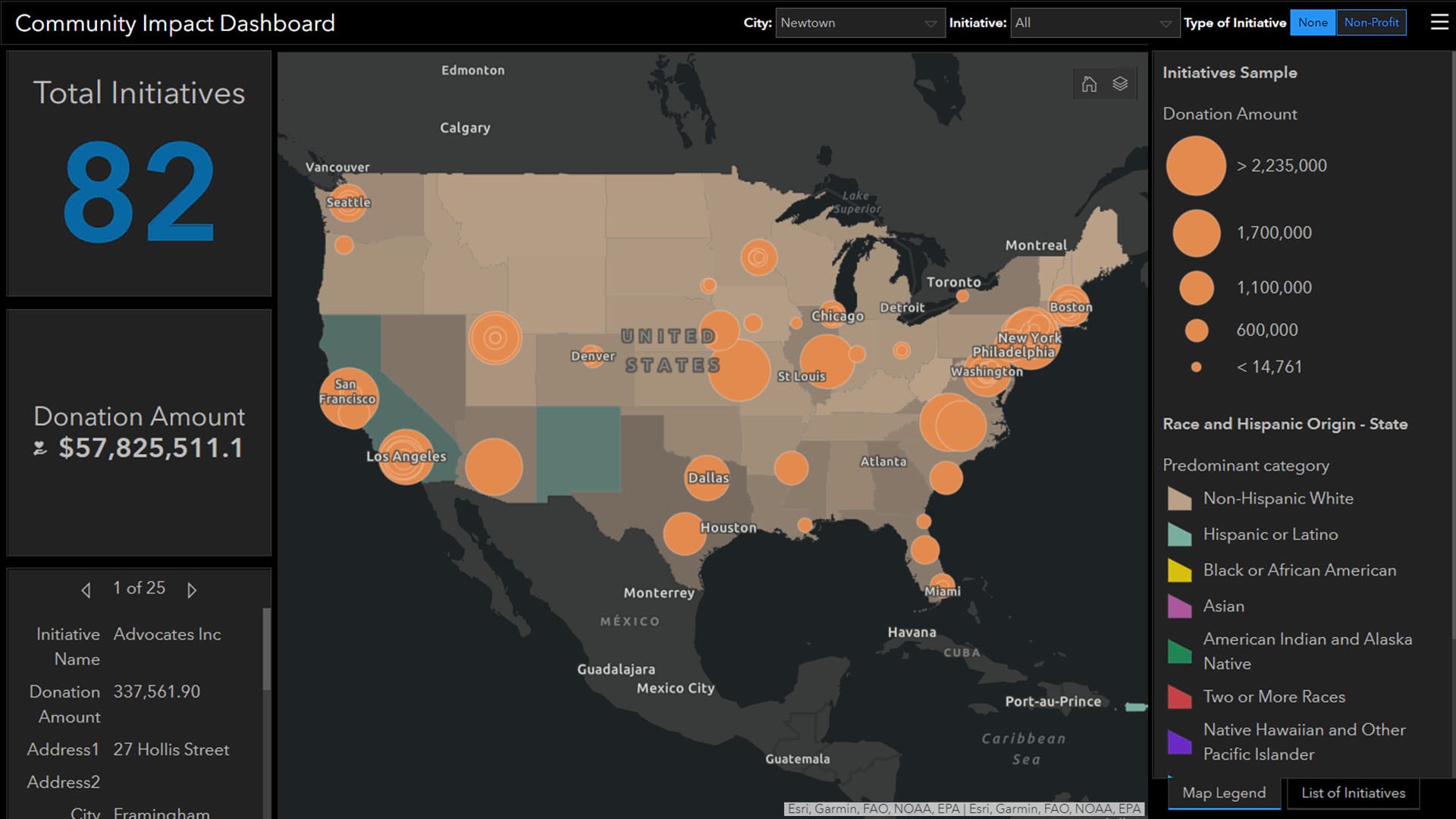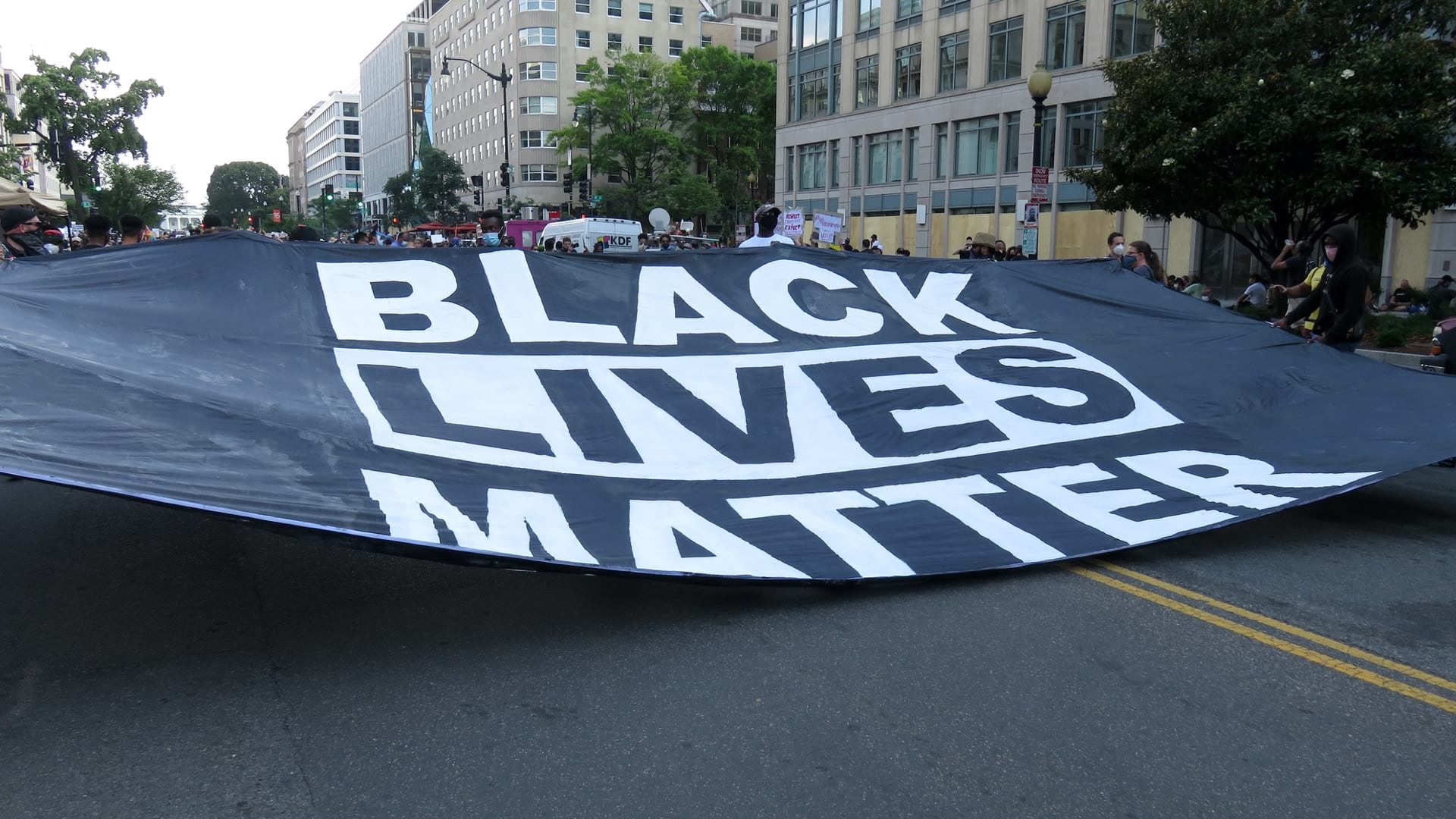As protests over racial inequity seize headlines around the world and galvanize support from nearly two-thirds of Americans, corporate leaders are signaling they want to be part of the solution. Prominent companies have pledged billions to address racial and social justice, including a $10 million commitment from Amazon; $100 million from Sony Music Group; and $40 million from Nike over the course of four years.
In one of the more detailed plans, Google will put $175 million toward racial equity initiatives, focusing on financing Black entrepreneurs and backing Black-owned businesses, in addition to implementing measures within the company to support Black employees and increase representation among senior leadership.
For executives in need of tools to carry out these goals, location intelligence is rising to the fore. Supported by geographic information system (GIS) technology, location intelligence helps businesses base their plans for racial equity on the needs of real people in specific locations. Once executives gain an understanding of where inequality exists, they can work to identify and remove barriers and create more equitable outcomes.
Leveraging the Power of Data for Racial Equity
Companies pledging large sums of money to support BIPOC (Black, Indigenous, and people of color) communities can use location intelligence—GIS maps, data, and analysis—to focus on neighborhoods and communities where donations would do the most good, and monitor the impacts of that funding.
Location intelligence also aids executives in identifying racial inequities in core business practices—by revealing populations a business is not serving, as well as practices in real estate, site selection, and hiring that exclude communities of color. By proactively identifying gaps in representation and seeking out new, more equitable pipelines of talent, companies can increase diversity and inclusion in their own ranks.
Grocery or financial services executives, for example, can use smart maps to ensure a presence in underserved neighborhoods. Business leaders can also improve supply chain transparency, bringing light to practices that may be harmful to people of color, including manufacturing operations that contribute to air pollution or suppliers that pay less than a living wage.
Smart maps and other tools tend to be most effective when business leaders pair them with genuine concern and meaningful inquiry about the nature of a company’s presence in communities. For instance, how might an expansion affect nearby Black-owned businesses, and are there opportunities to partner with them? How many people on staff live in the community? Almost invariably, these are questions of place, pointing to the utility of location intelligence in advancing racial equity.
A Business’s Duty to Stakeholders
Corporate efforts toward racial equity and justice reflect an ethical duty that goes beyond the bottom line. But as with many corporate social responsibility initiatives, the work tends to coincide with a business’s long-term health.
A McKinsey report based on 2017 data showed that companies in the top quartile of ethnic and cultural diversity were 33 percent more likely to outperform businesses in the lowest quartile. The W.K. Kellogg foundation calculated that the American economy could be $8 trillion larger by 2050 if the country erased racial disparities in areas like education, health, and employment.
A corporation may function on a global or national scale, but racial injustice—while often perpetrated systematically—is experienced as local and personal by people of color who can’t find the services they need in their communities, or who feel unwelcome in stores. As Fortune 500 CEOs are now recognizing, everyone has a role to play in reversing the long-term, corrosive effects of racism. Below are some of the ways location intelligence can fuel best business practices as we move toward racial equity and greater diversity and inclusion.
Action: Align Corporate Social Responsibility with Racial Justice and Monitor Progress
For many companies, the first step toward inclusion and racial equity involves commitments to give back to the Black and Brown communities in which they operate. That often means partnering with or supporting organizations with expertise in racial equity initiatives. But before that happens, executives must decide where to distribute investments to maximize impact.
GIS is a powerful technology for mapping and analyzing where inequality exists, and also acts as a platform to visually communicate statistical, demographic, or financial information. In spreadsheets, the same data may not have the visceral impact of a smart map in portraying the sharp disparities Black people face at work and at home, block by block and street by street.
One resource organizations are adopting to guide corporate responsibility efforts is a GIS-based racial equity dashboard, which shows key locations or cities alongside data about social responsibility initiatives.
GIS analysts can feed socioeconomic and ethnicity data into the dashboard to identify Black, Latinx, and Indigenous communities and ensure that funding ends up in the places that need it most, tracking investments over time. Visual cues make it easy to understand the latest developments at a glance—the scale of a donation can be represented by the size of a circle, for instance. On a map, people can see the cumulative effect of all organization partners, or peel off layers to focus on the work of a single group.
Critically, this technology also brings a racial equity lens to existing social responsibility programs. A company with a sustainability focus can map out known racial inequities related to the environment, such as communities of color that experience higher concentrations of pollutants in air, soil, or water. Leaders can make better decisions about social impacts if they discover they have been investing in initiatives that are mostly outside communities of color, or that may even contribute to the rise of pollutants in Black and Brown communities.
For an issue of this importance, executives want to ensure that valuable resources aren’t being allocated based on gut instinct, a manager’s personal preference, or incorrect assumptions. Location intelligence ground-truths conclusions by providing data analysis.
Action: Improve the Workforce
Businesses voicing support for the Black Lives Matter movement are being challenged to prove that Black lives matter within their organizations. That means ensuring that staff—from the corporate board to regional offices to local stores—reflect the country at large and the communities they inhabit and serve. This is an area where business can target both inclusion—embracing underrepresented groups—and equity, ensuring fair treatment and removing barriers to advancement.
A dashboard with a diversity index can show the ethnic makeup of an office or store’s employees alongside the makeup of the community (see image at right). A significant disjunction between the two—a café staffed by white workers in a primarily Black, gentrifying neighborhood, for example—may indicate a place where action is needed, or may provide insight into why a particular location isn’t performing well.
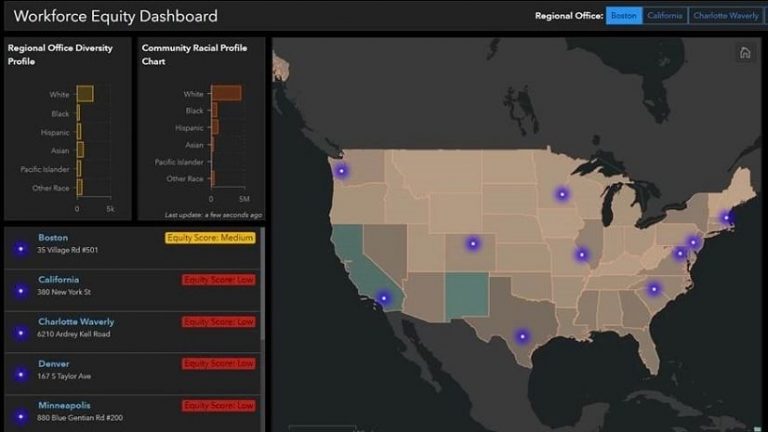
In recent years, businesses have started producing diversity and inclusion reports, often on a national level, to track the racial and ethnic complexion of their operations. Incorporating location insights represents the next generation of diversity reports. The strength of a GIS-powered smart map is its ability to contextualize data on a more granular, local level—to zoom in on a particular city or census tract and visualize the disparities and racial inequities present in a company’s workforce.
When viewed at the national level, a business may show an average rate of success in achieving diversity and inclusion. But in specific cities or neighborhoods, the brand might fail to represent Black and Brown residents or employees equitably. With data visualized at local, state, and regional levels, executives are empowered to dig in and find opportunities to make a real difference.
A smart map can also direct an executive’s attention to places where they can improve the work lives of employees of color. A GIS-based commute optimization tool has become a popular way for companies to plan an office relocation or recruit talent. The same kind of analysis can play a role in racial equity workflows. For example, location data might show that employees of color live in areas with limited public transportation (or where residents have limited access to vehicles). Business leaders could respond by adding shuttle routes or collaborating with regional transportation authorities to increase service.
Action: Invest in Communities
A frequent challenge to businesses has been: You may be present in a community, but are you engaged with it? Is it a two-way street in terms of benefits and dialogue?
Keying in on patterns highlighted by location technology, businesses can support communities by pairing with job-training initiatives that show strong outcomes for candidates of color; supporting civic organizations; or sponsoring sports and recreational programs. A GIS hub can broadcast voices of Black and Brown community members and make maps available to the general public that show where and how a business is contributing to racial equity.
Through location analysis, a company might find that traditional market assessments have in fact steered it away from disadvantaged communities or communities of color. Studies have found that a lack of retail presence can have cascading negative effects on neighborhoods: inner-city residents effectively pay more for goods and services they must travel to buy, due to the cost of transportation and lost time. Lack of competition can also drive up prices in underserved areas.
Businesses can be more aware of these inequities by using location analytics to highlight neighborhoods where redlining—the practice of denying loans to people of color in disadvantaged neighborhoods—has been common. That information could guide a fintech firm, for example, to expand in areas where the company can lend to people of color to help build wealth.
Starbucks’ growing use of “community stores” points to a strategy that more national businesses can employ. By 2025, the coffee retailer plans to operate 100 stores in underrepresented neighborhoods across the US. In addition to introducing service to neglected areas, the stores employ local work crews and support BIPOC-owned contractors. The stores also hire local artists, feature community spaces, and develop job training and mentoring programs, the company says. Starbucks estimates that existing community stores, in operation since 2015, have generated more than $59.7 million in indirect economic development.
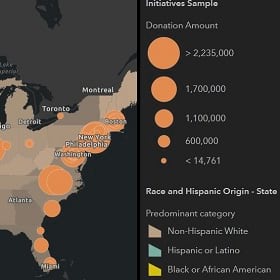
Every decision a business makes has the potential to create burdens or benefits for people of color.
Action: Invest in Education
Another powerful area where companies are taking action on racial equity is in partnering with schools, from the K–12 level through college. Location intelligence can aid a company in sponsoring college teams or STEM programs by organizing information on a dashboard to highlight colleges with historically Black populations and K–12 schools located in predominately Black areas. This allows a business to align corporate donations with institutions where funds will have the biggest impact on diversity, inclusion, and racial equity.
A map could similarly be used to find Hispanic-serving institutions or tribal universities near company offices. When there’s a job opening, the recruiting team could connect with graduates of schools serving predominantly students of color, looking to the disciplines that align with the needs of the role.
Companies can also use location analytics to guide work with K–12 students. By creating smart maps that show schools serving predominantly disadvantaged communities, location analysts can uncover opportunities for sponsorships and volunteer projects that improve school conditions.
Action: Improve the Supply Chain
Complex global supply chains can often mask a multitude of injustices, from sourcing protocols that harm the environment in poor communities to labor practices that violate human rights. By making supply chains more transparent with the help of location intelligence, businesses can limit liabilities, promote racial equity, and explore overlooked opportunities and partnerships.
Location intelligence can help guide a company to seek out BIPOC-owned businesses to partner with as suppliers, all the way down through the supply chain. Using GIS technology, supply chain planners can perform detailed network analyses, exploring what-if scenarios for adding a BIPOC-owned supplier to the distribution chain in the most efficient way possible.
Similarly, smart maps could help monitor where the supply chains run through communities of color—by rail, highway, or other means—and identify those locations as areas of focus for investment or hiring.
Fortune 500 executives wield a great deal of influence over the state of the economy—and, by extension over the workplaces, neighborhoods, and retail centers of America. With that influence comes a responsibility to lift up customers and employees of color who have faced systemic discrimination for generations.
At this historic moment of widespread awareness of the need for racial equity, businesses have an essential role to play. By making purpose-built plans based on solid intelligence and data, business leaders are mapping progress to a more equitable future.
The Esri Brief
Trending insights from WhereNext and other leading publicationsTrending articles

December 5, 2024 |
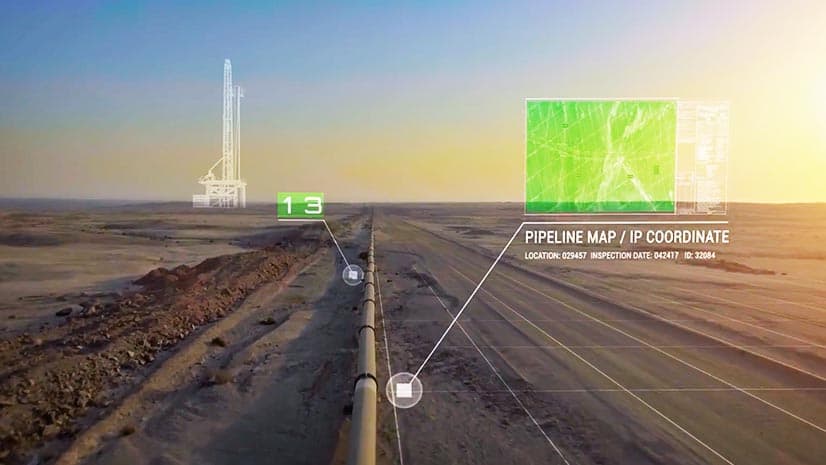
November 12, 2018 |

July 25, 2023 |

February 1, 2022 |
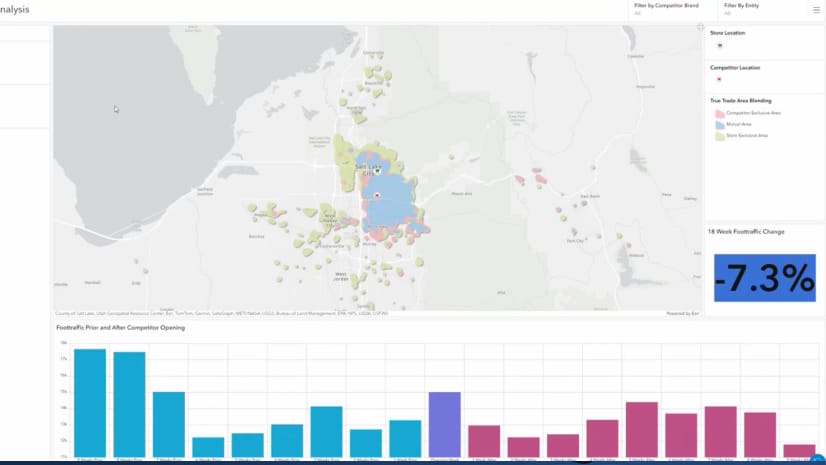
November 18, 2025 |
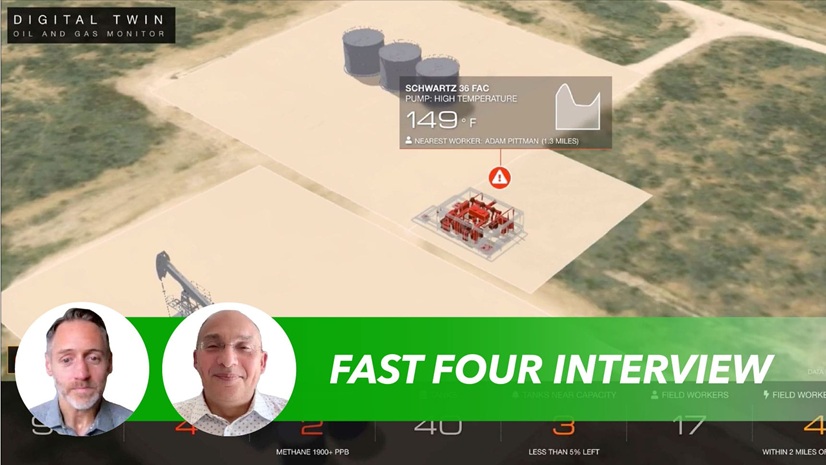
November 24, 2025 | Multiple Authors |
